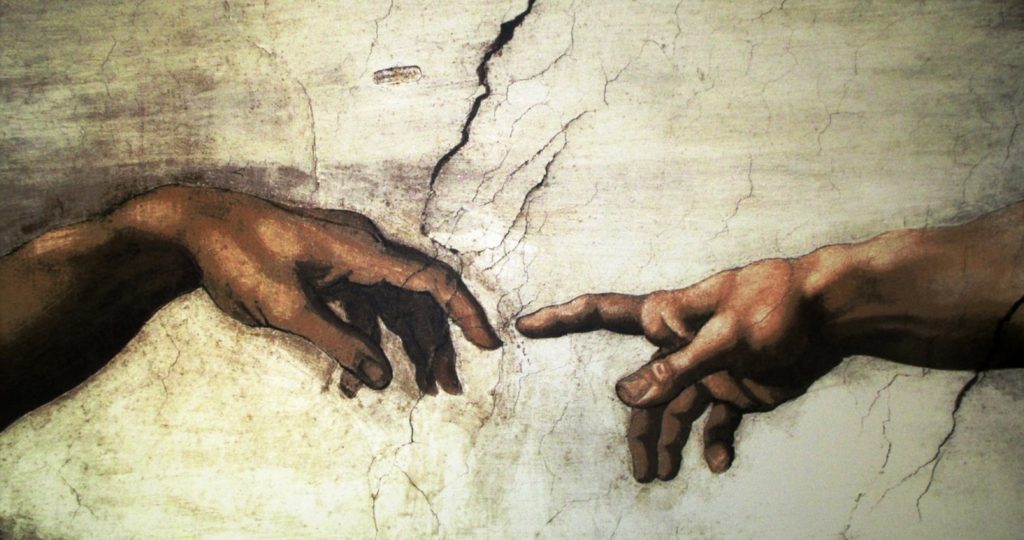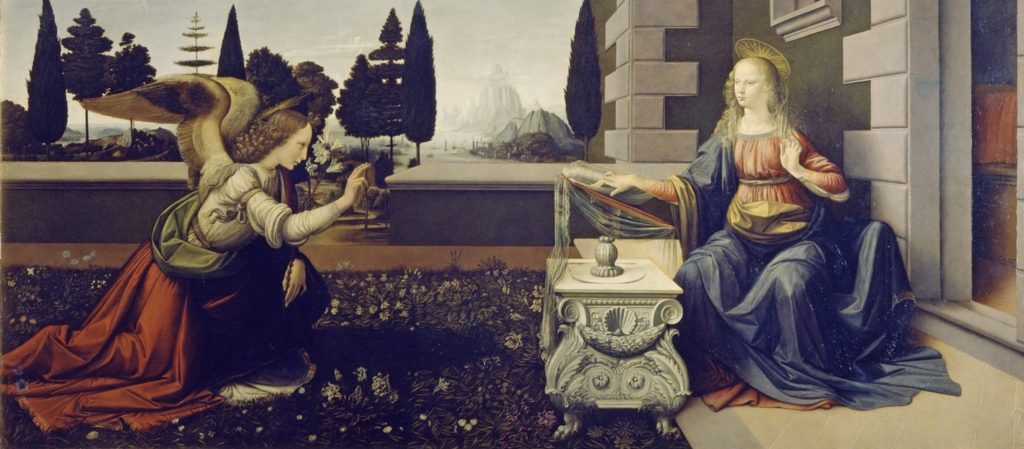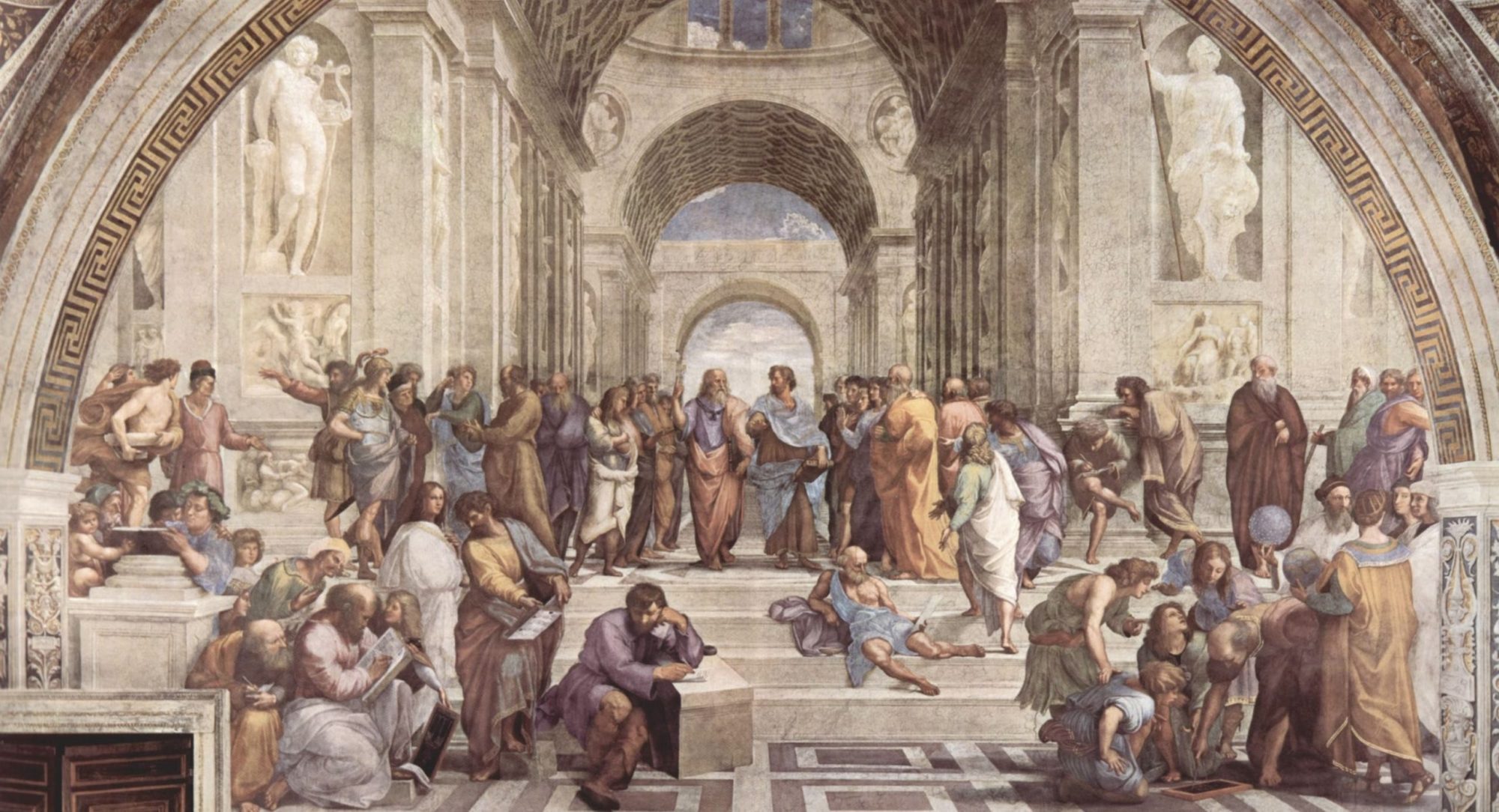What is Verdaccio Underpainting?
The Verdaccio technique is an underpainting method traditionally used in oil painting. Underpainting is the practice of creating layers of shading and colors under your painting to accentuate different components.
Verdaccio involves the application of a greenish-brown or grayish-green underpainting to establish the tonal values of a composition. The term “verdaccio” is derived from the Italian word for “green,” reflecting the greenish tint often present in the underpainting.
Purpose:
The primary purpose of the Verdaccio underpainting is to establish a foundation of tonal values. It helps artists map out the lights and darks in a composition before applying color. This technique is especially useful for achieving a sense of volume and form in figurative or portrait paintings.
Color Choice:
The color used for Verdaccio is typically a muted green or gray-green. Artists may mix their own verdaccio color using earth pigments like raw sienna, yellow ochre, black, and white. The exact color can vary based on the artist’s preference and the desired atmosphere of the final painting.
Application:
The Verdaccio underpainting is applied in thin layers over a primed canvas or prepared surface. Artists use brushes, sponges, or other tools to create a smooth, even layer. First, allow each layer to dry before moving on to the next step.
The goal is to establish the major tonal relationships and key shadows of the composition.
Final Layers:
Once the Verdaccio underpainting is complete and dry, artists can proceed with subsequent layers of color. The underpainting serves as a guide for the placement of lights and darks. Also, this is helping artists achieve a more nuanced and realistic representation.
History on the Verdaccio Technique
The Verdaccio underpainting technique originated in Italy during the Renaissance, particularly in the 14th and 15th centuries. The term “Verdaccio” is Italian, and it means “greenish” or “greenish-brown” in English. This technique was widely used by renowned artists of the time. This includes Leonardo da Vinci, Michelangelo, and other masters associated with the Italian Renaissance.
Verdaccio was popularized during the Early Renaissance after development of the Imprimatura technique came to a close at the end of the Middle Ages. Greek and Byzantines taught Florentines this method in the creation of the Duomos in Florence.
Fresco paintings were the most popular art form to use Verdaccio, and most prominently artists such as Michelangelo adopted the underpainting style.

A Brief Overview of How to Use the Verdaccio Technique:
- Surface Preparation:
- Begin with a prepared surface, typically canvas or wood, that has been primed with a neutral color.
- Drawing:
- Create a preliminary sketch or drawing of the subject using a pencil or charcoal. This step helps establish the composition and proportions.
- Verdaccio Underpainting:
- Mix a greenish-gray or olive-brown color, traditionally achieved by combining black, white, and a small amount of yellow or raw sienna. The resulting color should be muted and subdued.
- Apply this underpainting color thinly over the entire canvas, covering the drawing. Some artists prefer to dilute the paint with a medium to create a transparent layer, allowing the initial drawing to show through.
- Building Tonal Values:
- Use the Verdaccio underpainting to establish the light and shadow areas of the composition. Pay attention to the form and structure of the objects or figures in your painting.
- Allow the underpainting to dry completely before proceeding to the next layers.
- Glazing or Layering:
- Once the Verdaccio layer is dry, artists often apply subsequent layers of paint using glazes or semi-transparent layers. This builds up the color intensity and further refines the tonal values.
- Glazing involves applying thin, transparent layers of color over the dry underpainting. This technique allows light to pass through the layers, creating a luminous effect.
- You can use a Galkyd medium to achieve this
- Detailing:
- As you progress with additional layers, you can start adding finer details and refining the painting further.
Significance of Verdaccio
It is traditionally taught in oil painting to paint the entire painting in Verdaccio before applying any further color. The more detailed the Verdaccio, the less painting will have to applied with color to the end result!
Renaissance artists were highly interested in exploring the effects of light and shadow on three-dimensional forms. Also, and they developed various techniques to achieve realistic and lifelike representations in their paintings.
Verdaccio became a popular choice for the underpainting layer due to its neutral greenish-gray or olive-brown color. This underpainting served as a foundation for subsequent layers of color. In addition, helping artists establish tonal values, depth, and form in their compositions.
When you are working with just one color, it is much easier to read into the depths, textures, highlights, and non color invasive aspects of a painting.
Important aspects to note
- Tonal Modeling:
- Renaissance artists were keenly interested in capturing the effects of light and shadow on three-dimensional forms. The use of Verdaccio allowed them to establish a tonal foundation that could be built upon with subsequent layers of paint. This technique played a crucial role in achieving the chiaroscuro (light and shadow) effects characteristic of the period.
- Color Harmony:
- The greenish-gray or olive-brown tones of Verdaccio provided a neutral base that could enhance color harmony in the final painting. By establishing a unified tonal structure early in the painting process, artists could create a cohesive and aesthetically pleasing composition.
- Practical Considerations:
- Verdaccio served practical purposes in the painting process. It allowed artists to work out the basic tonal values without the distraction of vibrant colors. Additionally, the greenish hue complemented the subsequent layers of warm flesh tones often used in figure painting.
- Adaptability:
- Artists could adapt the Verdaccio technique to suit their preferences. The underpainting layer could be applied thinly or more opaquely, depending on the desired effect. The flexibility of the technique made it a valuable tool for artists working on a variety of subjects.
It creates the most accurate flesh undertones
Verdaccio is a style that I personally use on my canvases for undertones on faces. Skin tones are usually mixed with warmer tones like reds and rosy hues, and an accurate skin tone will have a yellow to green undertone. This might be because humans have blue-ish green blood running through our veins, so it acts as a reenactment of that.
Not only does it create a more accurate skin base, but it also helps to complement the colors. Having that base underneath will not make bright colors look so unnaturally vibrant. To add, it will help to balance out the full desired image on the canvas.

FAQ
What is Verdaccio used for?
Verdaccio was originally used for fresco paintings, but is now commonly used for oil on canvas. First, the traditional method was used with powdered pigments and applied to the wet fresco plaster.
The use of Verdaccio was particularly prominent in figure painting. Also, it allows artists to create a harmonious tonal structure for depicting the play of light on the human form.
Over time, as artistic styles evolve, other underpainting techniques gain popularity, and the use of Verdaccio fell into a sub genre. However, its historical significance remains.
Some contemporary artists may still choose to incorporate similar underpainting techniques into their work as a nod to the traditions of the Renaissance.
How do I use Verdaccio in my paintings?
I recommend using it on oil paintings, but it is also done with acrylic and gouache. However, I would recommend grisaille underpainting for acrylic, and imprimatura for gouache because of the consistency of the colors.
What color is Verdaccio?
Verdaccio is a green color, hence the word, verde. However, this color is not developed from blue and yellow, but black, white, and yellow.

